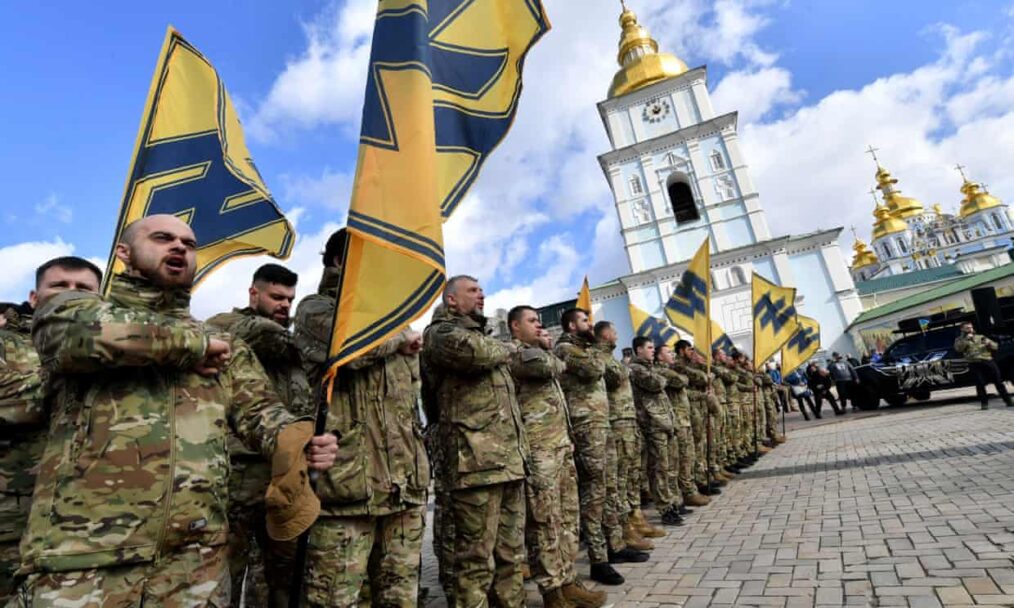The Hazara people are a Persian-speaking, predominantly Shi’a ethnic group, a religious minority among the country’s majority Sunni population. Comprising 10-20% of Afghanistan’s 38 million people, the minority Shi’a have faced systematic discrimination from the majority Sunni population throughout the centuries and from ISKP and the Taliban more recently.After the fall of Taliban in 2001, Hazaras embraced hopes for a new Afghanistan in terms of political representation and greater access to education for women.
The ongoing peace process with the Taliban and the withdrawal of US troops pose a serious threat to the Hazara community, who now fear that Afghanistan could descend into full-scale civil war. Last but not least, terrorist networks may find fertile ground to grow or consolidate their influence in this crisis.
This could expose the Hazara to greater attacks, like the May 8th attack on the Syed Al-Shahada School in Dasht-e-Barchi, Kabul, which left 85 Hazara dead, including schoolgirls between the ages of 11 and 17.
Among the Hazara, education and civic engagement have long represented a form of resistance to oppression and injustice. For this reason, this Shi’a minority’s voice needs to be included in the Afghan peace process.
According to EASO, 3000 Hazaras were killed under Taliban rule between 1994 and 2001. As mentioned above, after the fall of Taliban in 2001, the Karzai government (2001-2014) gave more rights to the Hazara community, which led to a gradual process of female empowerment.
It is also worth mentioning some of the Hazara women who contributed to shape the political and social context in Afghanistan at that times. Sima Samar served as the first Ministry of Women’s Affairs of Afghanistan from 2001 to 2003 and was the first female Head of the Afghan Independent Human Rights Commission (AIHRC). Habiba Sarābi became the first female governor of Bamyan Province in 2005 and Uzra Jafari was appointed mayor of Nili (Daykundi Province) in 2008. According to the Afghan women’s activist, Zareen Taj, those women broke traditional taboos and had an impact on the political agenda of the country thanks to education, civic engagement, and the support of the international community.
But the Hazara people are seen as a significant threat to terrorist groups as “heretical”, as Shi’a, as well-educated participants in Afghan society. Terrorist groups such as ISKP would carry out attacks at hospital and educational facilities. These are ideal targets to prove that the government is not capable of protecting its most vulnerable citizens. Echoing the words of Zareen Taj, “for my people, obtaining an education is our best hope at weakening the power of terrorists in Afghanistan.”
The data reported below will help analyze the trend of terrorist groups targeting the Hazara after the fall of Taliban.
Between January 2009 and December 2015, the UN Assistance Mission in Afghanistan (UNAMA) reported five incidents targeting the Hazara community. AIHRC recorded further five attacks against Hazaras in 2015-2016, which caused the death of 156 people and the wounding of 479. In 2017, eight attacks targeting Hazaras took place and nineteen in 2018, showing a clear increase in attacks towards the minority group. According to USCIRF, ISKP attacks on the Hazara escalated in brutality, with 300 casualties in 2018.
UNAMA reported a general decline in the number of casualties in 2019. Another report from the same source recorded an increase in the number of civilian deaths in the first quarter of 2020, compared to the same period in 2019.
In conclusion, all the communities of the Afghan society should participate in the Afghan peace process and together complete the puzzle for a long-term and sustainable peace in the country. In particular, the Hazaras need to be protected from possible terrorist attacks that are likely to escalate in this transition phase. Not only do they have to be defended from targeted attacks, but a more structural inclusion of minorities should be seen as a mandatory step in the resolution of the conflict and political stability. The resiliency and the cultural resistance showed by the Hazara community, during all these years, should inspire the Afghan peace process.





